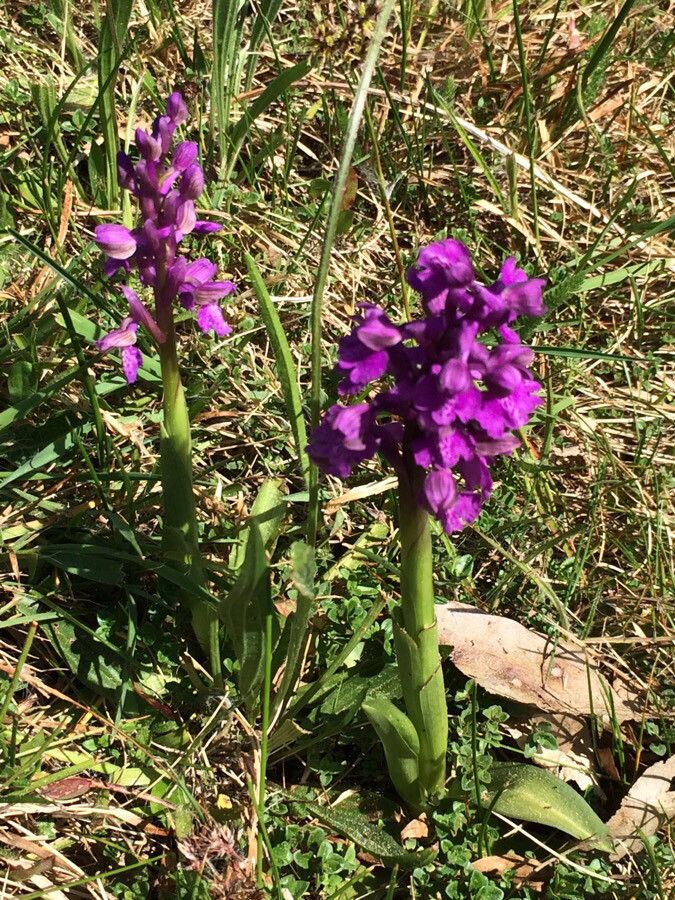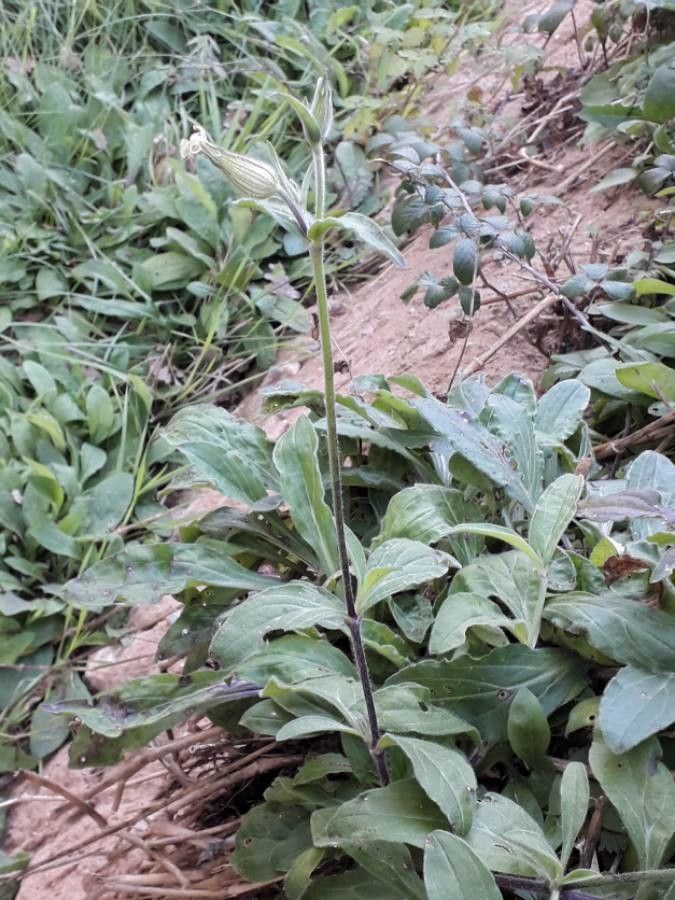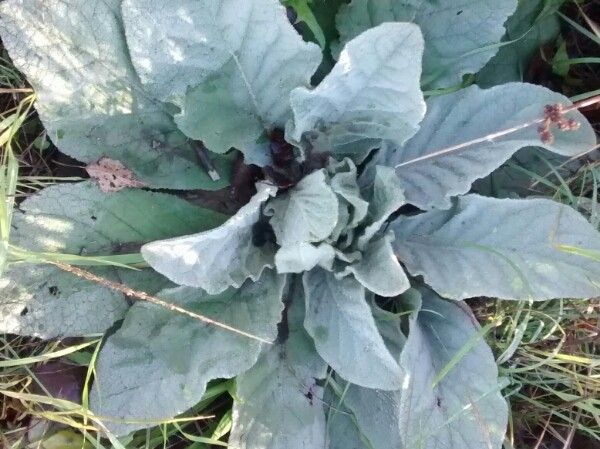## Sour Orange Tree: A Comprehensive Guide
The sour orange (Citrus aurantium), a member of the Rutaceae family, is a captivating citrus tree known for its intensely aromatic blossoms and uniquely tart fruit. While not as sweet as its namesake, the sweet orange, the sour orange holds a significant place in history and horticulture, offering both culinary and ornamental value. This guide will delve into the fascinating world of sour orange trees, providing you with all the knowledge you need to successfully cultivate this versatile plant.
### Botanical Characteristics
Sour oranges are evergreen trees that can reach heights of 20-30 feet. Their leaves are ovate, dark green, and glossy, with a slightly leathery texture. The most striking feature, however, are the intensely fragrant white flowers, blooming in spring, filling the air with a heady aroma. These flowers give way to small, round, orange-colored fruits with a distinctively acidic, bitter taste. The fruit's pulp is often used in marmalades and some liqueurs, while the rind is valued for its essential oils used in perfumes and other products.
### Habitat and Growth
Sour orange trees thrive in warm, subtropical, and tropical climates. They prefer full sun to partial shade and well-drained soil. While adaptable, they are sensitive to frost and cold temperatures. Optimal growth occurs in USDA hardiness zones 9-11. Provide adequate spacing between trees to allow for proper air circulation and prevent the spread of diseases.
### Soil Needs
Sour orange trees prefer slightly acidic to neutral soil with a pH range of 6.0-7.5. The soil should be well-draining to prevent root rot. Amend heavy clay soils with organic matter like compost to improve drainage and aeration. Regular fertilization is crucial, particularly during the growing season. A balanced citrus fertilizer is recommended.
### Planting and Care
Sour orange trees can be propagated from seeds, cuttings, or grafting. When planting, dig a hole twice the size of the root ball. Gently loosen the roots and place the tree in the hole, ensuring the top of the root ball is level with the ground. Fill the hole with soil and water thoroughly. Regular watering is essential, especially during dry periods. Pruning is recommended to maintain the tree's shape and promote fruit production. Remove any dead or diseased branches. Pest and disease control are crucial; monitor for common citrus pests and diseases and take appropriate measures.
### Uses and Benefits
Beyond its culinary uses, the sour orange has various applications. The peel is used in the production of certain liquors and marmalades, adding a unique bitter-sweet taste. The leaves and flowers have been traditionally used for medicinal purposes. It also makes a beautiful and fragrant ornamental tree, enhancing any garden or landscape. However, it's crucial to handle the tree with care, as all parts of the plant contain certain compounds that can cause skin irritation in some individuals.
### Conclusion
Cultivating a sour orange tree is a rewarding experience, offering both aesthetic and practical benefits. By understanding its specific needs and providing proper care, you can enjoy its fragrant blossoms, unique fruit, and its significant contribution to your garden's beauty.
Sour Orange Tree: Planting, Care & Growing Guide

Frequently Asked Questions
How to grow a sour orange tree from seed?
Sour orange seeds can be sown directly into well-draining soil. Germination can be slow, often taking several weeks. Provide consistent moisture and warmth. Expect a longer time to fruit than with grafted trees.
What type of soil does a sour orange tree need?
Sour orange trees need well-draining soil with a slightly acidic to neutral pH (6.0-7.5). Amend heavy clay soils with organic matter to improve drainage. Avoid overly compacted or waterlogged soil.


